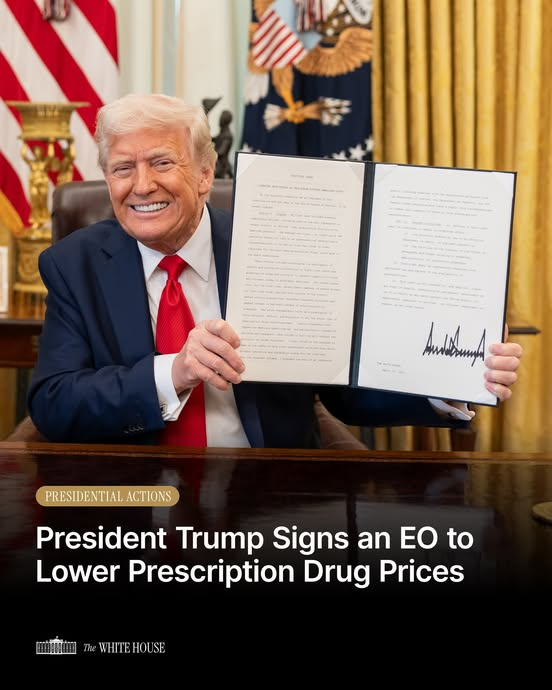
President Trump announced plans to lower prescription drug prices and increase transparency in the market, a move that could have far-reaching implications for millions of Americans struggling to afford their medications. The President’s initiative comes at a time when the cost of prescription drugs has been on the rise, putting a significant burden on patients and the healthcare system as a whole. One of the key components of President Trump’s plan is to increase transparency in the drug pricing process. This would involve requiring pharmaceutical companies to disclose the list prices of their medications in their advertisements, making it easier for consumers to compare prices and make informed decisions about their healthcare options. By shining a light on the often opaque pricing practices of drug manufacturers, the hope is that competition will increase and prices will decrease. Another critical aspect of the President’s plan is to lower prescription drug prices, particularly for Medicare recipients. One proposal includes negotiating directly with drug companies to lower the cost of medications covered by Medicare, which currently accounts for a significant portion of prescription drug spending in the United States. By leveraging the purchasing power of the federal government, President Trump aims to bring down prices and make prescription drugs more affordable for those who need them most. In addition to these measures, President Trump has also proposed changes to the rebate system in Medicare Part D, which could result in lower out-of-pocket costs for beneficiaries. Currently, drug manufacturers pay rebates to pharmacy benefit managers (PBMs) and insurers in exchange for preferred placement on formularies. However, these rebates are often not passed on to patients at the point of sale, leading to higher prices for consumers. By restructuring the rebate system, the President hopes to ensure that these savings are passed along to Medicare beneficiaries. Critics of President Trump’s plan argue that these proposed changes may not go far enough to address the root causes of high drug prices in the United States. They point to other factors, such as limited competition in the pharmaceutical industry and the high cost of research and development for new medications, as contributing to the overall rise in prices. Some believe that more drastic measures, such as price controls or allowing the importation of cheaper drugs from other countries, may be necessary to truly lower prescription drug prices. Despite the potential challenges and criticisms, President Trump’s announcement represents a significant step towards addressing the issue of high prescription drug prices in the United States. By focusing on increasing transparency and lowering costs for Medicare beneficiaries, the plan aims to make healthcare more affordable and accessible for all Americans. As the details of the proposal continue to unfold, it will be important to monitor its impact on both patients and the pharmaceutical industry to determine its effectiveness in achieving these goals.


